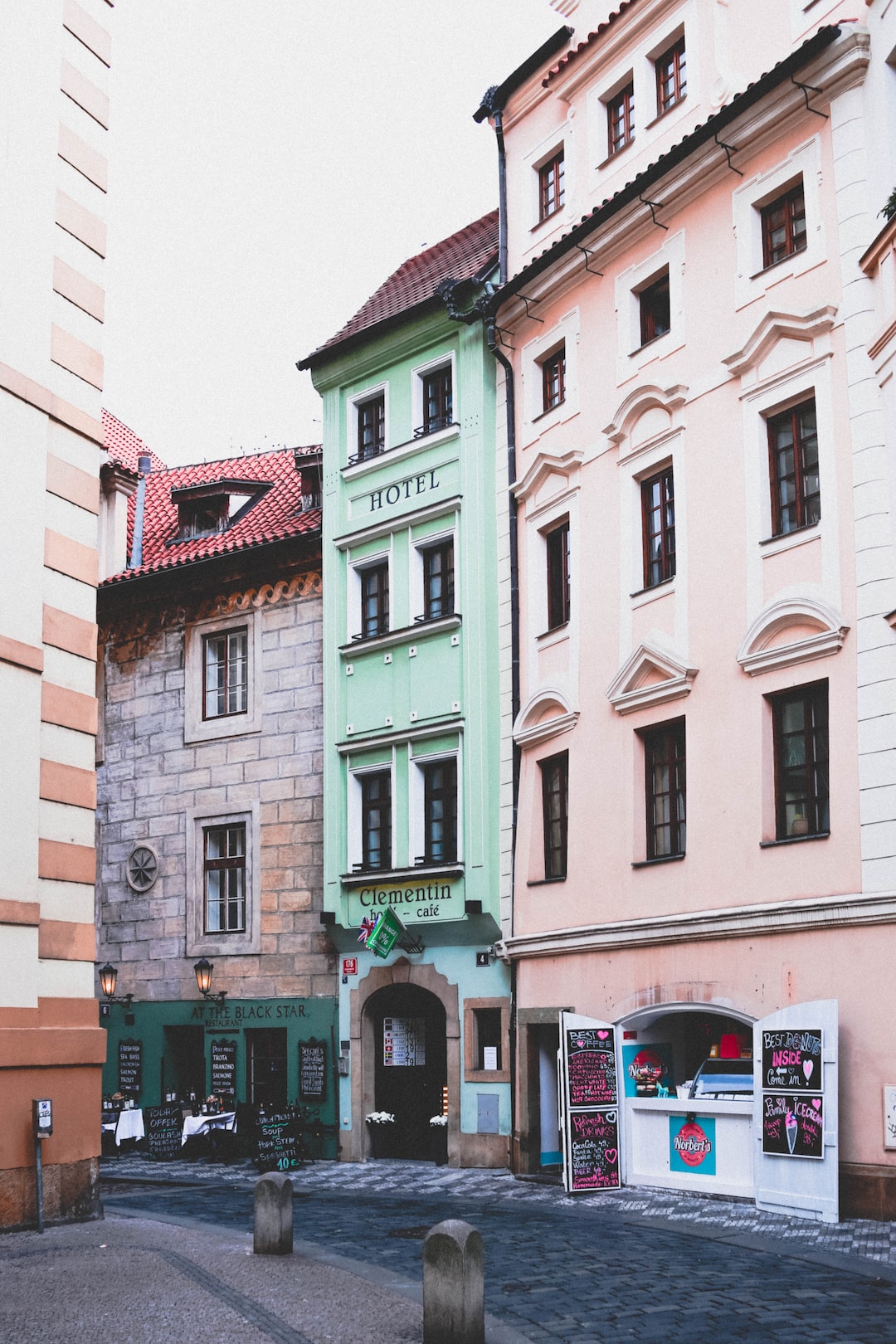Art has long been recognized as a powerful form of self-expression. Whether through painting, writing, sculpting, or any other creative outlet, art allows us to explore and communicate our deepest emotions and thoughts. But did you know that art can also be a therapeutic tool, improving our mental health and well-being?
Creating art can be a cathartic experience, providing a sense of relief and release from emotional burdens. When we engage in the artistic process, we tap into our subconscious mind, digging into our emotions and gaining insights into ourselves. This act of introspection can be incredibly healing, helping us confront and process difficult experiences or traumas.
Art therapy, a discipline that combines art-making with psychotherapy techniques, has been used successfully to treat a range of mental health issues. Research has shown that engaging in art therapy can reduce symptoms of anxiety, depression, and stress. It provides a safe space for individuals to express emotions that may be difficult to put into words, making it particularly beneficial for those who struggle with verbal communication.
Furthermore, art therapy has been found to improve self-esteem and boost self-confidence. Through the creation of art, individuals can gain a sense of accomplishment and pride in their abilities, leading to an enhanced sense of self-worth. This can be especially valuable for people who have experienced feelings of inadequacy or low self-esteem.
But art therapy is not exclusively for those with artistic talent or training. It is accessible to everyone, regardless of artistic skill or ability. The focus is not on creating a masterpiece, but rather on the process and expression. In fact, sometimes the act of creating art can be as therapeutic as the end result itself.
Beyond creating art, even viewing art has been shown to have therapeutic effects on mental health. Research has found that spending time appreciating art can reduce stress levels, lower blood pressure, and increase feelings of happiness and relaxation. Art museums and galleries often promote mindfulness and well-being through their exhibits, encouraging visitors to take their time and immerse themselves in the beauty and meaning of the artwork.
Whether engaging in art therapy, creating art on your own, or simply taking a moment to appreciate a piece of art, the potential benefits for mental health are undeniable. Art can provide an outlet for expression, a source of healing, and a means of self-discovery. It allows us to connect with ourselves and others on a deeper level, fostering empathy and understanding.
So the next time you feel overwhelmed or stressed, consider picking up a paintbrush or visiting a local art exhibit. You may just find that art has the power to transform your mental well-being, providing solace, inspiration, and a renewed sense of purpose. Remember, it doesn’t matter if you are an expert or a novice, what matters is the therapeutic power that art can have on your mental health.

